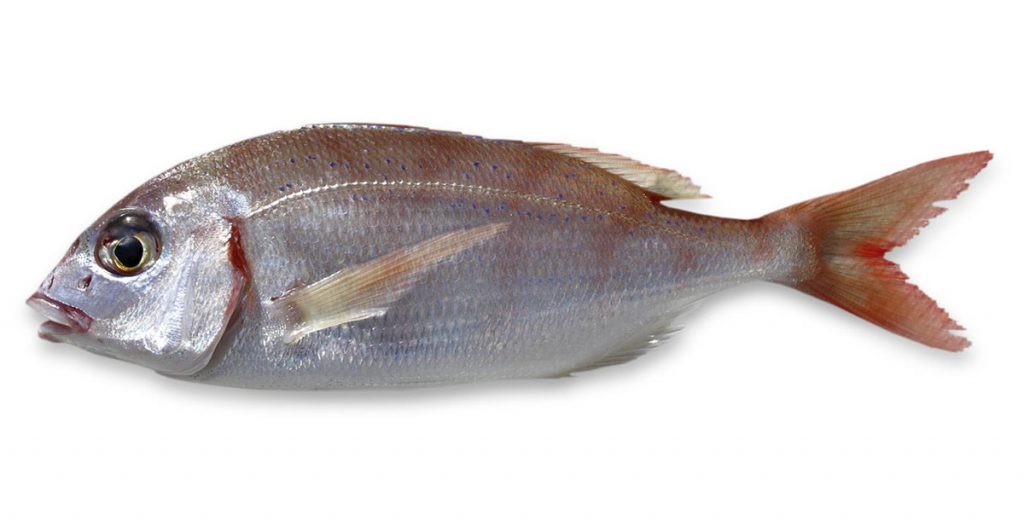Common Pandora

SPECIES INFORMATION
Anglers can find a vast stock of Common pandora in Rushden lake, Northamptonshire. The lake is situated in the Nene Wetlands ecological system and supports a wide range of wildlife in the surroundings. Scenic villages surround it, and one can reach it easily from Northamptonshire in a half-an-hour drive.
Types of fish that can be found
Whole lots of carp species like the black carp and wildlife are found in the lake apart from Common Pandora. These face the problem of hybridization though they are not endangered species.
Type of fishing that can be done at the location
Boat fishing is allowed here, and long methods are used for catching the fish. The lake has a lot of bird population, and care must be taken while lifting the rod to the surface of the waters as there are chances of losing the catch.
SIZE
On average, it grows to the 13-16cm range, and the maximum length is 60cm. The young mature at two years as female fishes and later become male fishes. Regular mating season for this type is from spring to autumn, and the female fish releases up to 150000 eggs during mating season. The flesh of the fish is white and delicate, and it has a slim and oval body. The mouth of the fish is small when compared with most fish types, and the face is covered with scale-like structures, and the eyes of the fish are quite small. The fish has only pairs of dorsal fins, and anal fins are not present in its body.
It is a significant ingredient in Mediterranean cuisine, and anglers regard the taste and quality of the food as high. Since it is available all over the world in huge numbers are there are no restrictions on the fishing.
RANGE
It has a wide range in Atlantic ocean from Scandinavia to Cape Verde and from the Mediterranean up to Ginnea Bissau to North sea. It is also found in Madeira and Canary islands and found in most parts of Europe- Greece, Croatia, Ireland, Norway, Spain, and the UK. Common Pandora is a seabream type fish and plays a huge role in stabilizing the continental shelf demersal fish community. It is an important fish type promoted in the Portuguese fisheries and multiplies in good numbers.
HABITAT
It lives in considerable numbers in inshore waters, and hides in rock, gravel, mud, and sand. During winter it moves into the deep sea and they can found mostly in the 200-300m depth of the water bodies. It can tolerate extreme climates, and it is a fact that it lives in the coldest seas and even in the Western Sahara desert.
DIET
This type is Omnivorous and feeds basically on smaller fish types and benthic invertebrates. Anglers use mackerel, squid strip or herring along with sandeel for a good catch. The common lures used are ragworm, mussel, lugworm, and peeler crab. As these live in depts, lengthy fishing equipment is needed.
